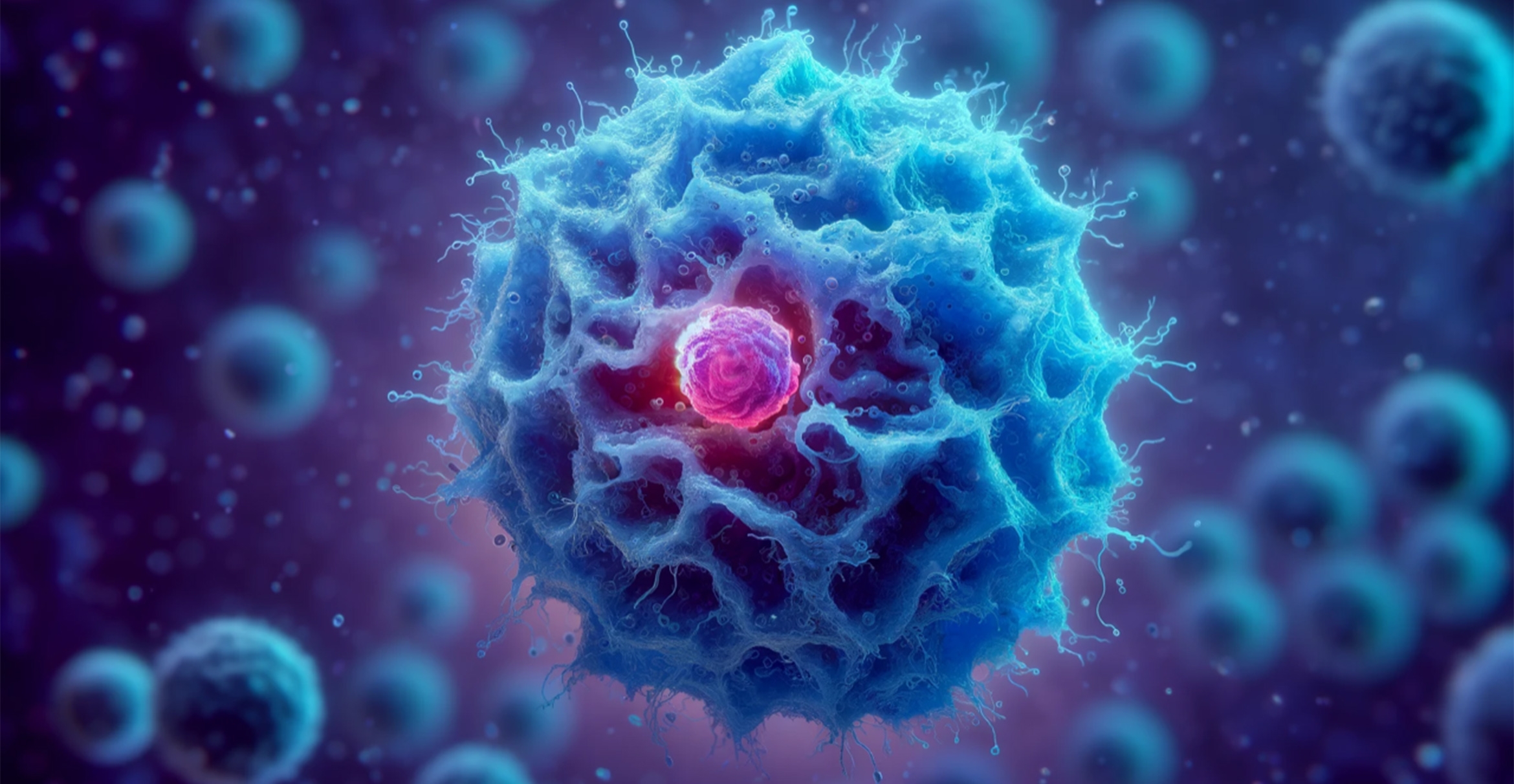2024-01-08 マックス・プランク研究所
◆MRIを使用して脳のスキャンを比較し、言語領域の配線にダイナミックな変化があり、言語のコミュニケーションと思考が可能になることが明らかになりました。学習期間中に脳の接続が変化し、言語ネットワーク内の白質結合が強化され、右半球の追加領域が関与。同時に、両半球の接続が減少し、新しい言語を統合するために右脳のリソースが解放されることが示唆されました。
◆この研究は、第一言語と第二言語の学習と処理の理解を深め、経験に依存する構造的な可塑性の影響に新しい方向を開く可能性があります。
<関連情報>
- https://www.mpg.de/21337367/0108-nepf-learning-a-second-language-is-transforming-the-brain-149575-x
- https://www.pnas.org/doi/10.1073/pnas.2306286121
大脳半球内および大脳半球横断的な第二言語学習における白質可塑性 White matter plasticity during second language learning within and across hemispheres
Xuehu Wei , Thomas C. Gunter, Helyne Adamson, Matthias Schwendemann, Angela D. Friederici , Tomás Goucha , and Alfred Anwander
Proceedings of the National Academy of Sciences Published:January 4, 2024
DOI:https://doi.org/10.1073/pnas.2306286121

Significance
The neuroplastic changes induced by learning a second language (L2) in adulthood open new perspectives for understanding brain function. The current study shows structural changes in the language network of Arabic native speakers who learned German intensively in two phases of 3 mo each. We found a marked change in the left-hemispheric lexical-semantic system and the right fronto-temporal pathway, accompanied by decreased connectivity in the corpus callosum during L2 learning, which occurred mainly in the second period of L2 acquisition. The reduced interhemispheric connectivity suggests that the inhibitory role of the corpus callosum, relevant for native language processing, is reduced in the L2 learning phase. Our findings demonstrate a clear experience-dependent structural plasticity in the human brain during L2 learning.
Abstract
Adult second language (L2) learning is a challenging enterprise inducing neuroplastic changes in the human brain. However, it remains unclear how the structural language connectome and its subnetworks change during adult L2 learning. The current study investigated longitudinal changes in white matter (WM) language networks in each hemisphere, as well as their interconnection, in a large group of Arabic-speaking adults who learned German intensively for 6 mo. We found a significant increase in WM-connectivity within bilateral temporal-parietal semantic and phonological subnetworks and right temporal-frontal pathways mainly in the second half of the learning period. At the same time, WM-connectivity between the two hemispheres decreased significantly. Crucially, these changes in WM-connectivity are correlated with L2 performance. The observed changes in subnetworks of the two hemispheres suggest a network reconfiguration due to lexical learning. The reduced interhemispheric connectivity may indicate a key role of the corpus callosum in L2 learning by reducing the inhibition of the language-dominant left hemisphere. Our study highlights the dynamic changes within and across hemispheres in adult language-related networks driven by L2 learning.


